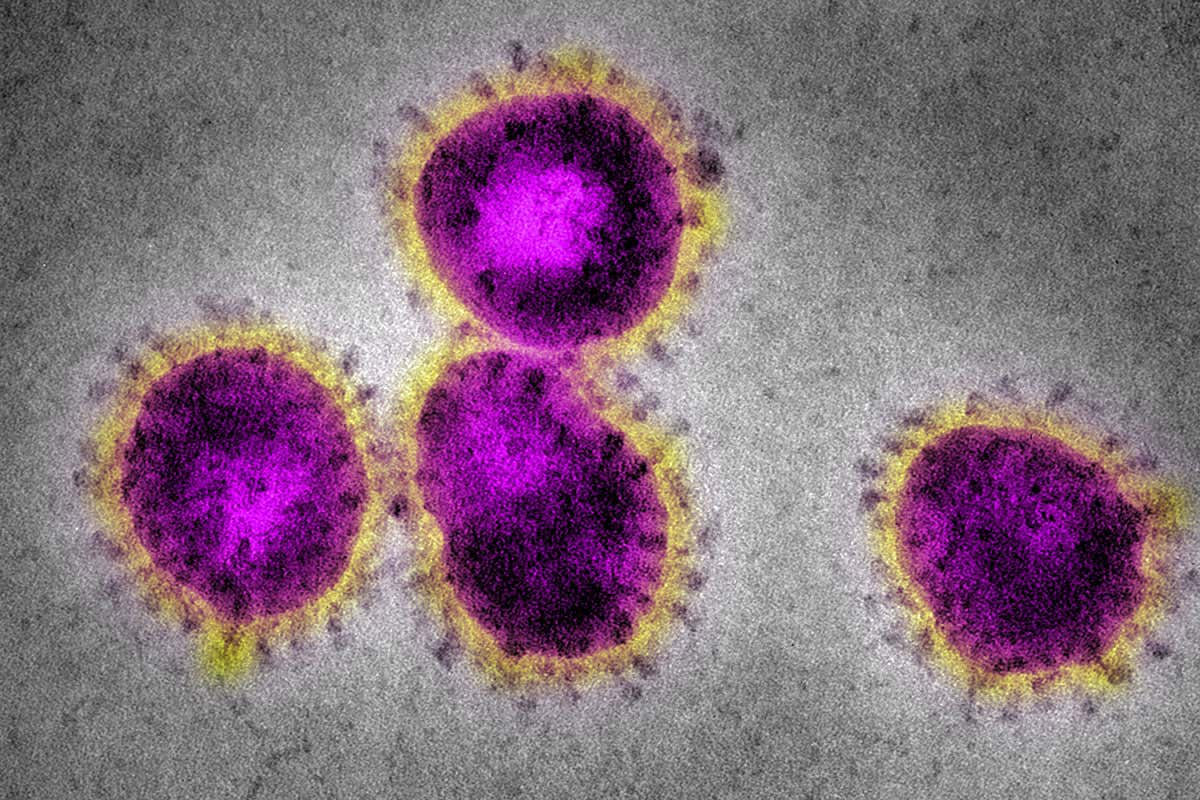Security News

Cyberattackers have reached a peak of sending 1.5 million malicious emails per day related to the COVID-19 pandemic over the course of the last three months, according to new research. "We saw a rise in unwanted emails containing embedded URLs using the keywords of 'COVID' or 'corona,' from negligible values in January 2020 to over half a million blocked per day the end-of-March onwards," he wrote in the post.

Google this week announced the creation of a COVID-19 grant fund aimed to help bug hunters who participate in its Vulnerability Reward Program. The newly introduced grant fund is a temporary expansion of the Internet giant's Vulnerability Research Grant program, which was introduced in 2015 to recognize the time and efforts of security researchers, even if they do not find vulnerabilities.

There have been significant changes in web attack and traffic trends as a result of COVID-19, according to Imperva. Amid COVID-19, web traffic and attack trends were affected.

Security standards for defence contractors have been lowered thanks to the coronavirus outbreak, Britain's Ministry of Defence has told its suppliers. In an Industry Security Notice published to an obscure corner of GOV.UK, the ministry said it is suspending the need for its suppliers to have the Cyber Essentials Plus security certification.

Over the past week, Google has observed more than 18 million malware and phishing emails related to COVID-19 being sent out every day. On a daily basis, Gmail blocks 100 million phishing emails.

In the past week, an average of 18 million COVID-19 phishing emails were sent per day via Gmail to unsuspecting marks, according to Google. Google said its malware scanner uses deep-learning tech to detect malware on 300 billion attachments each week, and 63 per cent of dodgy docs blocked by Gmail are different from day to day.
Tech giants Apple and Google have joined forces to develop an interoperable contact-tracing tool that will help individuals determine if they have come in contact with someone infected with COVID-19. Zero Use of Location Data Unlike existing apps developed by different countries that use real-time location tracking to enforce quarantine rules, the proposed system doesn't involve tracking user locations or other identifying data.

On March 17, 2020, the federal government relaxed a number of telehealth-related regulatory requirements due to COVID-19. On April 3, 2020, California Governor Gavin Newsom issued Executive Order N-43-20, which relaxes various telehealth reporting requirements, penalties, and enforcements otherwise imposed under state laws, including those associated with unauthorized access and disclosure of personal information through telehealth mediums.

Why cell phones can hold the key to tracking future cases of COVID-19 with artificial intelligence. TechRepublic's Karen Roby talked with Ari Trachtenberg, a professor of electrical and computer engineering at Boston University, about the work researchers are doing to help in the fight against COVID-19.

Why cell phones can hold the key to tracking future cases of COVID-19 with artificial intelligence.